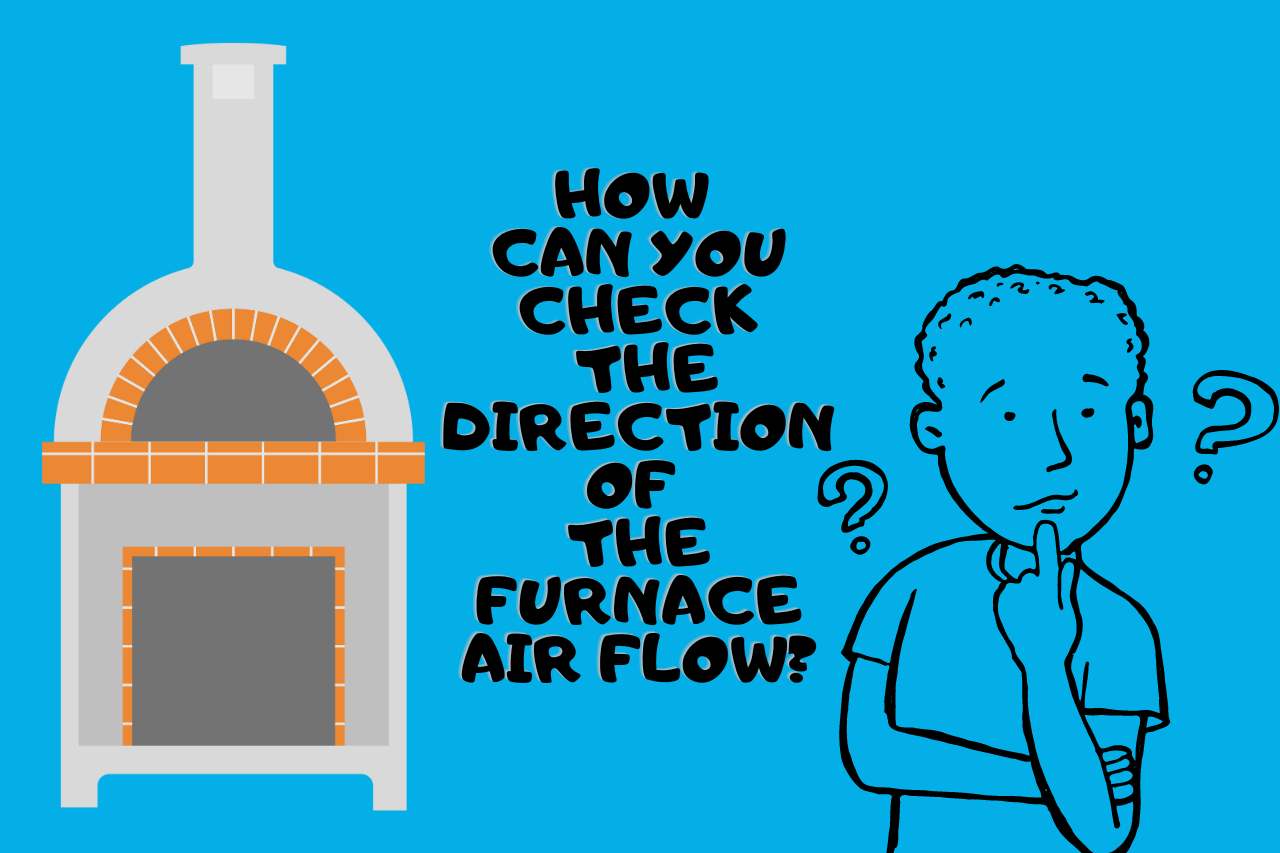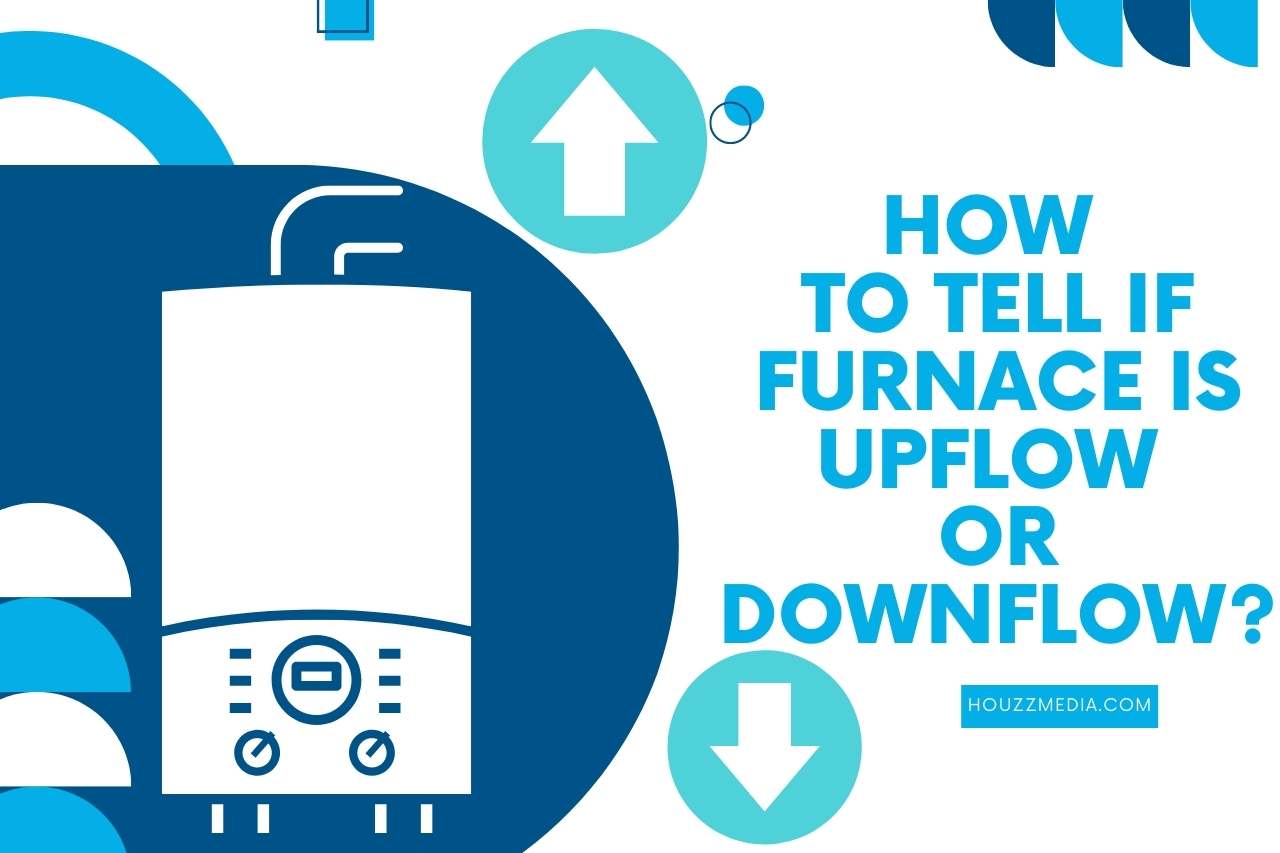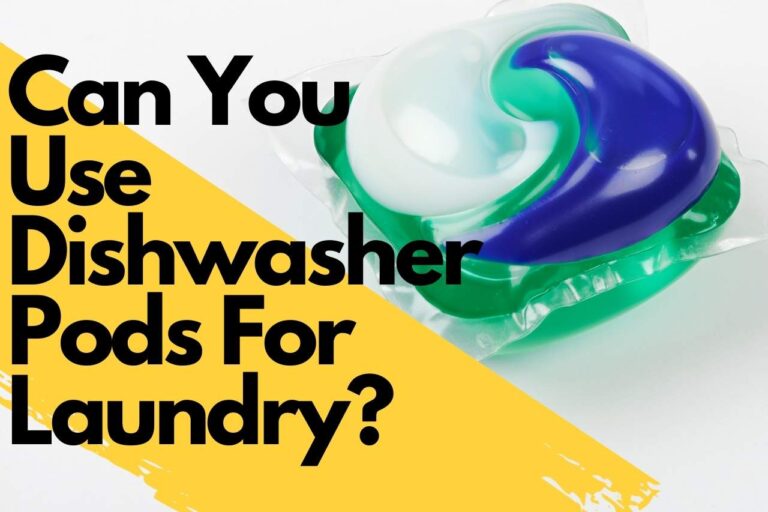How to Tell If Furnace is Upflow or Downflow? Here’s How to Tell!
When buying a new furnace for your house, what should you consider when comparing upflow and downflow furnaces? Upflow furnaces and downflow furnaces differ in airflow direction through the furnace and into the home. We have gathered all the data about upflow and downflow furnaces that you require. We’ll review how upflow and downflow furnaces differ, what to consider, how to choose the best one for your home and how to tell If furnace is upflow or downflow? let’s find out.
What is an Upflow Furnace?
An up-flow furnace moves hot air upward through a network of ducts and vents to heat a structure or home. A filter in an up-flow furnace removes dust and other debris as cool air is drawn in from the bottom. A burner or heating element heats the air, then cycled upward via a heat exchanger.
The heated air rises and circulates via ducts and vents in the house to warm the rooms. In combustion, exhaust gases are released through a chimney or flue and out the top of the furnace. As opposed to older, gravity-fed furnaces, upflow furnaces are typically installed in basements or crawl spaces and are frequently more efficient. They can be run on electricity, natural gas, propane, or oil, among other fuels.
What is a Downfall Furnace?
A downflow furnace draws cool air in from the top, forcing it through a filter. A heat exchanger transmits the hot air downward after a burner or other heating source has first heated it.
The heated air is subsequently pumped via ducts and vents to heat the rooms in the house. A chimney or flue and the furnace’s bottom are used to evacuate the exhaust gases.
Downflow furnaces are usually used in houses without a lot of crawl space or basement space and are typically installed in attics or upper levels. Both built-in and mobile homes regularly make use of them.
What is the Visual Difference Between an Upflow and Downfall Furnace?
The direction of airflow input and output is the main distinction between a downflow furnace and an upflow furnace. The following details how each kind of furnace works:
Downflow Furnace
- The air is introduced at the top of the furnace.
- Air is heated inside the heat exchanger.
- The bottom of the furnace is where the warm air enters your ductwork, which is how it is circulated throughout your home.
Upflow Furnace
- The furnace receives air entry from the bottom.
- The air in the heat exchanger warms up.
- After leaving the furnace from the top, hot air travels through your ductwork.

How Can you Check the Direction of the Furnace Air Flow?
Following your home’s ductwork path will often allow you to establish the furnace’s airflow direction. An up-flow furnace’s ductwork normally sits below the furnace and rises vertically to distribute hot air to the rooms above.
Normally installed above the furnace, the return air ducting descends vertically to pull cool air from the rooms above.
The ductwork for a downflow furnace is normally positioned above the furnace and extends vertically down into the rooms below.
The return air ducting is ordinarily built underneath the furnace and ascends vertically to pull cool air from the rooms below.
How Do you Locate the Furnace Model Number to Determine its Orientation?
The position of the furnace model number and the process for identifying its orientation may vary depending on the specific furnace and manufacturer. The furnace’s model number is typically printed on a label or plate attached to the appliance.
To find the furnace’s orientation, look for the airflow direction arrow on the label or plate. The direction of airflow through the furnace is indicated by the airflow direction arrow, which can be found pointing up, down, left, or right.
If the airflow direction arrow is pointed up, the furnace is an up-flow model, indicating that it pulls air from the bottom and exhausts it out the top.
The airflow direction arrow points downward in a downflow furnace, which pulls air in from the top and exhausts it out the bottom.
If the arrow denoting the airflow direction is pointing left or right, the furnace is a horizontal model. This type exhausts air from one side while drawing air in from the other.
How Can I Tell What Kind of Furnace that I Have?
Usually, the label or plate affixed to the appliance lists the furnace’s make and model. The label or plate may be seen on the furnace’s exterior or within the front panel. By observing the airflow direction, you can also identify your furnace type. A furnace that operates on an up-flow principle takes air in from the bottom and exhausts it out the top.
Air is drawn into a downflow furnace from the top and exhausted out the bottom. A furnace that pulls air in from one side and exhausts it out the other is called a horizontal furnace.
The type of furnace you have may also be shown via the vent pipe. Upflow furnaces have vent pipes that extend into the ceiling.
The furnace is a downflow if the foundation serves as the exit point for exhaust. The furnace is horizontal if the exhaust exits the home to the side.
If you have an owner’s manual for the furnace, it should provide information about the make and model of the furnace as well as its features and operating instructions.
What are the Three Types of Furnaces?
- The most common type of furnace in North America is a gas furnace. They run on natural gas or propane and are often more energy-efficient than other furnaces. Gas furnaces warm the air pumped around the house with the assistance of a blower motor by burning fuel in a combustion chamber.
- Electric furnaces are less common than gas furnaces, but they can still be a good option in areas where natural gas is not easily accessible. Electrically heating metal coils warm the air, which is then moved around the house by a blower motor. Electric furnaces could cost more than gas furnaces, but they are frequently less expensive to build.
- Another type of furnace that is less popular than gas furnaces is the oil furnace. Heating oil is used as a fuel source in a combustion chamber to generate heat. A blower motor is then used to distribute the heat around the home. Although they can be more expensive to run than gas or electric furnaces, oil furnaces may be useful in locations where power is prohibitively expensive and natural gas is difficult to come by.
Watch this one,
Video Credits – ETB Seui
You May Also Like
- What Is Chimney Repointing? – The Full Explanation!
- Why Do you Get Warm Standing in Front of a Fireplace?






